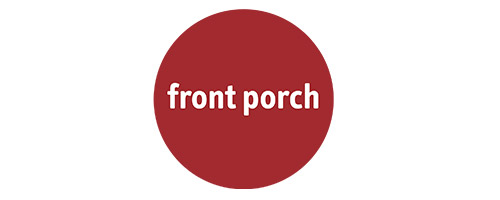[NATURE’S MEDS] Green space visits tied to less use of certain Rx drugs
Frequent visits to urban green spaces, such as parks and community gardens in Finland, rather than the amount of green space, or views of them from home, may be linked to lower use of certain prescription meds, a recent study suggests. Investigators wanted to find out if the amount of residential green and blue space (bodies of water), frequency of green space visits, and views of green and blue spaces from home might be separately associated with the use of certain prescription meds.
They analyzed responses of 6,000 randomly selected residents of Helsinki, Espoo, and Vantaa, to the Helsinki Capital Region Environmental Health Survey in 2015-16. The survey gathered information on how city dwellers experience residential green and blue spaces within a 1 km radius of home. Respondents were also asked to report their use of prescribed meds, such as drugs for anxiety, insomnia, and depression, collectively known as psychotropic drugs; high blood pressure and asthma drugs; how often they spent time, or exercised outdoors, in green spaces during May and September; and whether they could see green or blue spaces from any of their windows at home, and if so, how often they took in these views.
Green areas were defined as forests, gardens, parks, castle parks, cemeteries, zoos, herbaceous vegetation associations such as natural grassland and moors, and wetlands. Blue areas were defined as sea, lakes, and rivers.
Prescription meds were used as a proxy for ill health.
The final analysis showed that the amount of residential green and blue spaces, or views of them from home, weren’t associated with the use of prescription meds for mental health, insomnia, high blood pressure or asthma. However, the frequency of green space visits was.
Compared with less than one weekly visit, visiting 3-4 times weekly was associated with 33% lower odds of using mental health meds, 36% lower odds of using blood pressure meds, and 26% lower odds of using asthma meds. The equivalent figures for visiting at least 5 times a week were, respectively, 22%, 41%, and 24% lower.
This is an observational study, and so can't establish cause and effect, the authors acknowledge. Nevertheless, they conclude, "Mounting scientific evidence supporting the health benefits of nature exposure is likely to increase the supply of high-quality green spaces in urban environments and promote their active use. This might be one way to improve health and welfare in cities."
To read the full article, published in Occupational & Environmental Medicine, click here
Do you have news to share?
The ICAA welcomes your news submissions. Please send your press releases to colinmilner@icaa.cc-the ICAA's email for submissions-and staff will consider your news for possible publication. Newsworthy topics include such things as center/community openings; initiative or campaign launches; announcements of awards, promotions or grants; and other topics of interest to active-aging professionals.
Share






























